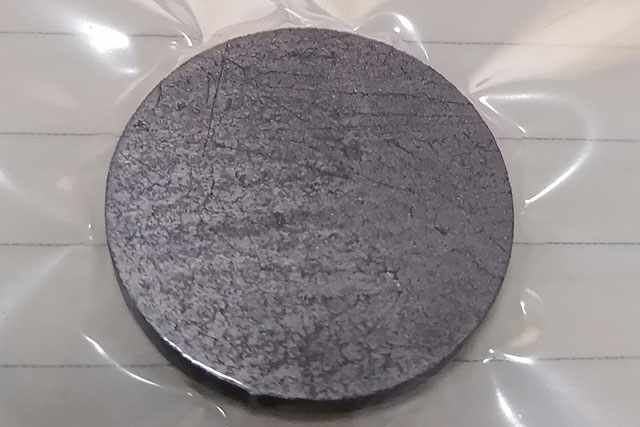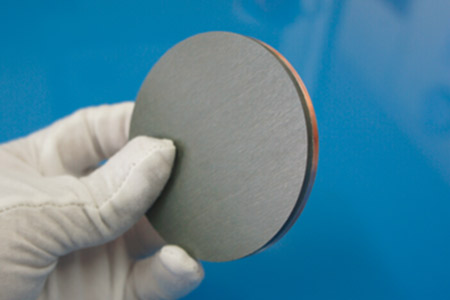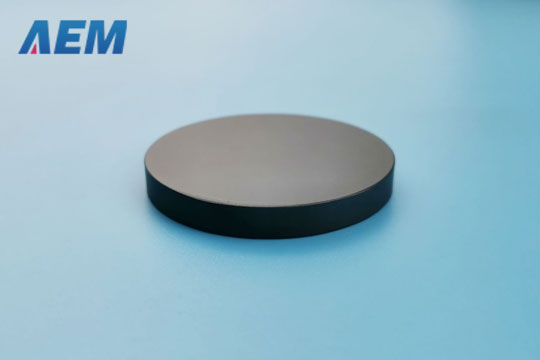Introduction of Magnetron Sputtering and Reactive Sputtering
views, Updated: 2021-09-29
What is Magnetron Sputtering?
With magnetron sputtering, magnetic fields increase plasma density for a higher deposition rate and a more efficient process. While conventional cathode sputtering can deposit extremely thin-films down to the atomic scale, it tends to be slow and most effective only with small substrates. The bombardment of the substrate can also create overheating or damage to the object to be coated.
Magnets (usually permanent magnets) behind the cathode confine electrons over the negatively charged target material, enhancing both the initial ionization process's efficiency and allowing plasma to be generated at lower pressures.
The lower pressure reduces both background gas incorporation in the growing film and energy losses in the sputtered atom through more gas collisions. Electrons follow helical (spiral) paths around magnetic field lines. The longer paths mean a higher probability of ionizing collisions with gaseous neutrals near the target surface than would otherwise occur. The result is very dense plasma and a higher deposition rate. The sputtered atoms are neutrally charged and are unaffected by the magnetic trap.
Following the magnetron's shape, the target material is consumed in an oval shape, called a "racetrack." Operating voltage decreases with increased magnetic field strength. Both direct current (DC) and radio frequency (RF) power sources can be used with most magnetron cathodes. Pulsed DC and low and mid-frequency power supplies are also used in magnetron sputtering.
Magnetron sputtering is the most widely used deposition process to achieve very uniform and smooth thin-film coatings. Using large cathodes and arrays of large cathodes, magnetron sputtering is used extensively to deposit large area single layer and multilayer coatings. Magnetron cathodes are also used in in-line and roll-to-roll processes. Modern cathodes offer excellent target utilization and high deposition rates. Almost any metallic material can be sputtered. Sputtering magnetrons can be oriented in any position to accommodate equipment design. The target is water-cooled to minimize radiation heat.
What is Reactive Sputtering?
Reactive sputtering is another type of SPUTTERING where a target of one chemical composition (e.g., elemental Si) is sputtered in the presence of a gas or a mixture of gasses (e.g., Ar + O2). That react with the target material to form a coating of different chemical composition (e.g., compound SiO2) on the substrate.
Commonly used reactive gasses:
Oxygen (O2) – Deposition of oxide films (e.g., Al2O3, SiO2, TiO2, HfO2, ZrO2, Nb2O5, AZO, ITO).
Nitrogen (N2) – Deposition of nitride films (e.g., TiN, ZrN, CrN, AlN, Si3N4, AlCrN, TiAlN)
Carbon dioxide (CO2) – Deposition of oxide coatings.
Acetylene (C2H2) – Deposition of metal-DLC, hydrogenated carbide, carbo-nitride films.
Methane (CH4) – Similar to acetylene
Reactive gasses can also be mixed (e.g., O2 + N2) to deposit multi-component functional thin-films, such as oxy-nitrides (e.g., Cr-O-N) or oxy-carbides (e.g., Si-O-C).
As an international sputtering targets supplier, AEM Deposition enjoys a well-deserved reputation. We have over 10 years' experience to manufacture and to sale high-purity sputtering targets. If you are interested in our products, you can click the link to get more details.
LATEST NEWS
2025-05-29
2025-05-22
2025-05-09
2025-04-09
2025-04-09
 +86-731-89578196
+86-731-89578196
 [email protected]
[email protected]















